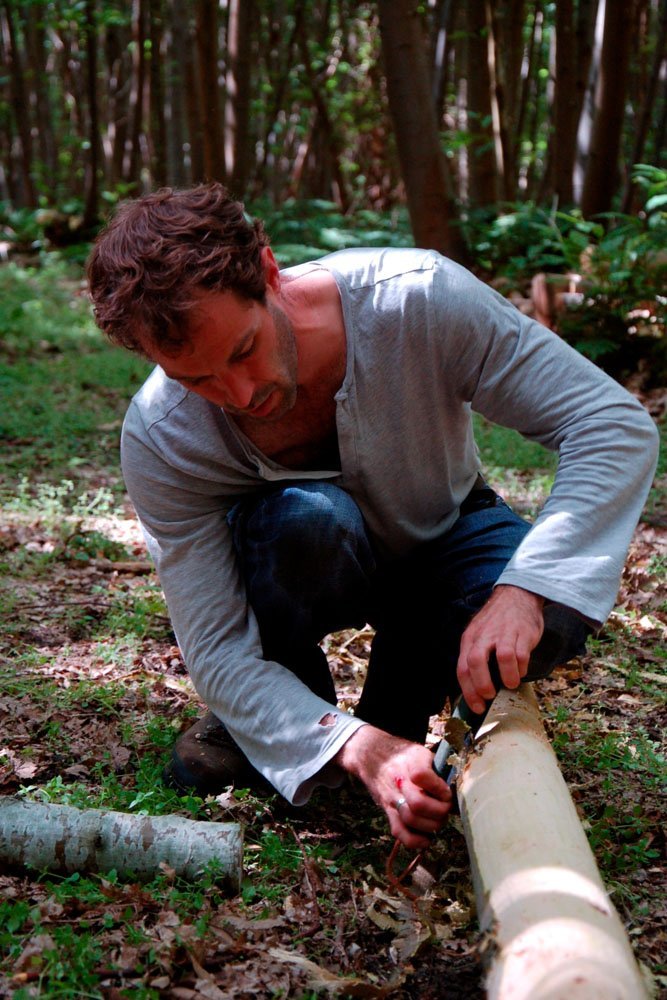Bark Harvest: A Seasonal Woodland Ritual
Harvested Cedar Bark Coils
Every spring, amidst the lush woods we adore, my wife and I embark on a cherished tradition—harvesting tree bark. This annual ritual not only allows us to connect with each other but also with the land we hold dear. It's a physical and soulful journey, a temporary escape from our daily routines that leaves us feeling enriched and fulfilled.
Sustainable Harvesting: Our bark collection is a testament to our commitment to sustainable practices. We collaborate closely with local landowners, ensuring that our harvest is not just an artistic endeavor but also a responsible one. Some seasons, we are fortunate to gather bark from storm-damaged trees, while other times, our efforts align with landowners' management plans.
Two Barks, Two Techniques: Spring brings two distinctive barks into our creative fold: cedar bark (Thuja plicata) and sweet chestnut bark (Castanea sativa). Each presents its own set of techniques and characteristics.
Cedar Bark Harvesting
Cedar Bark: In the UK, our approach to cedar bark differs significantly from its native Pacific Coast harvesting. Unlike the traditional method of gently pulling a strip from a living tree, we often fell cedar trees that landowners are removing from woodlands. This allows us access to substantial bark material. The harvested cedar is utilised for various outdoor applications, such as fencing panels and roofing shingles. We peel the bark during spring's sap-rise to ensure easy removal. After stripping off the outer layer, we leave the golden inner bark to dry and shrink, essential for crafting sturdy baskets and wall hangings.
Sweet Chestnut Bark: Our sweet chestnut bark harvest follows a similar timeline, coinciding with the sap-rise season. We procure our chestnut from local coppice woodlands, selecting straight, side-branch-free stems. After removing the thin outer layer with a folding saw, we delicately peel the creamy white fibrous inner bark, yielding beautiful sheets of chestnut bark. This bark is also dried to maximise its potential.
A Season's Reward: Harvesting bark is a labour-intensive endeavour that can span an entire day for a single tree. However, the reward is plentiful, providing us with bark that will last until the next season. This sustainable practice ensures the longevity of our craft and the woods we hold dear.
Nick peeling Bark
Crafting with Nature's Materials: The bark we gather breathes life into our pieces. Whether weaving baskets or crafting wall hangings, each piece tells a story intertwined with the natural world. Some of the bark undergoes a transformation through iron vinegar dyeing, lending a rich black hue for intricate patterns woven into our baskets.
Our cedar and chestnut bark harvests are more than just seasonal traditions; they are heartfelt connections to nature's rhythms within the woods. These rituals ensure the continuation of our craft, fostering a deep-rooted relationship between our work and the natural world.






